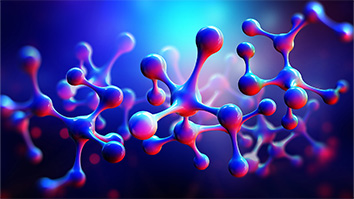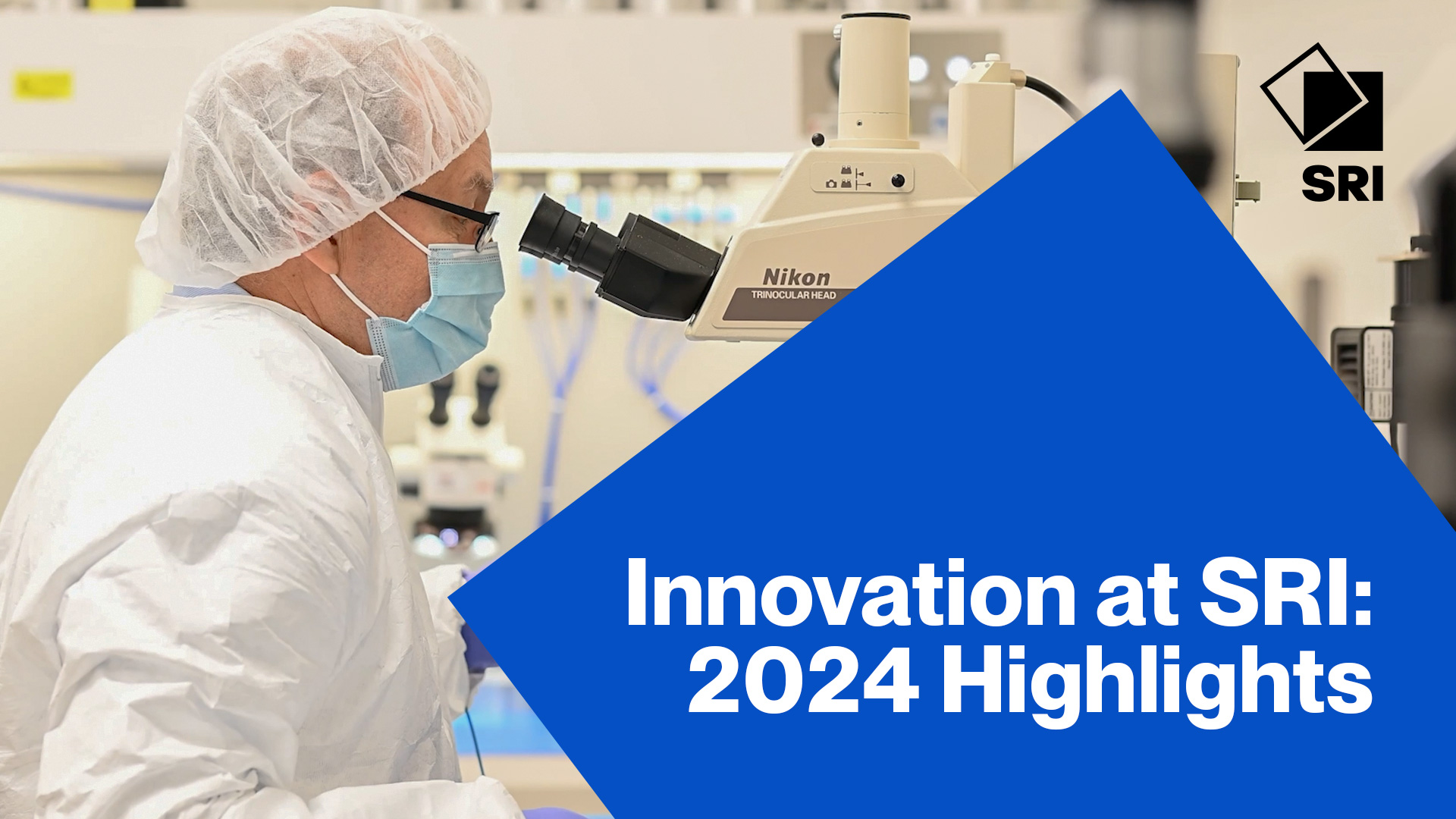Citation
Wong, W. S.; Ng, T.; Lujan, R. Self-cleaning silicon nanowire elastomeric composites. 2009 Electronic Materials Conference; 2009 June 24-26; University Park, PA.
Abstract
There are many approaches to form textured surfaces and composites for modifying the surface energy of a material and creating super-hydrophobic conditions. Groups have demonstrated processes ranging from patterning and molding of silicone materials to conventional mixing processes. We have employed a bottom-up approach to fabricating super-hydrophobic surfaces using Si nanowires (SiNWs) embedded in polydimethylsiloxane (PDMS). A dense network of SiNWs having ordered (vertically oriented) and disordered structures was first synthesized on Si (111) substrates by chemical-vapor deposition. The as-grown SiNW network, having a nanowire length of ~ 30 microns, was found to be hydrophilic with a water contact angle of ~ 5. A composite SiNW/PDMS layer (of ~ 20 micron thickness), with the ordered SiNWs protruding out from the surface, was created by drop-casting the PDMS onto the SiNW surface. A resulting water contact angle of 150 was measured on the composite layer surface, dramatically higher than the contact angle of ~80 on bare PDMS. Results for free-standing SiNW/PDMS composite layers and applications towards nanocomposite laminates will also be presented.


